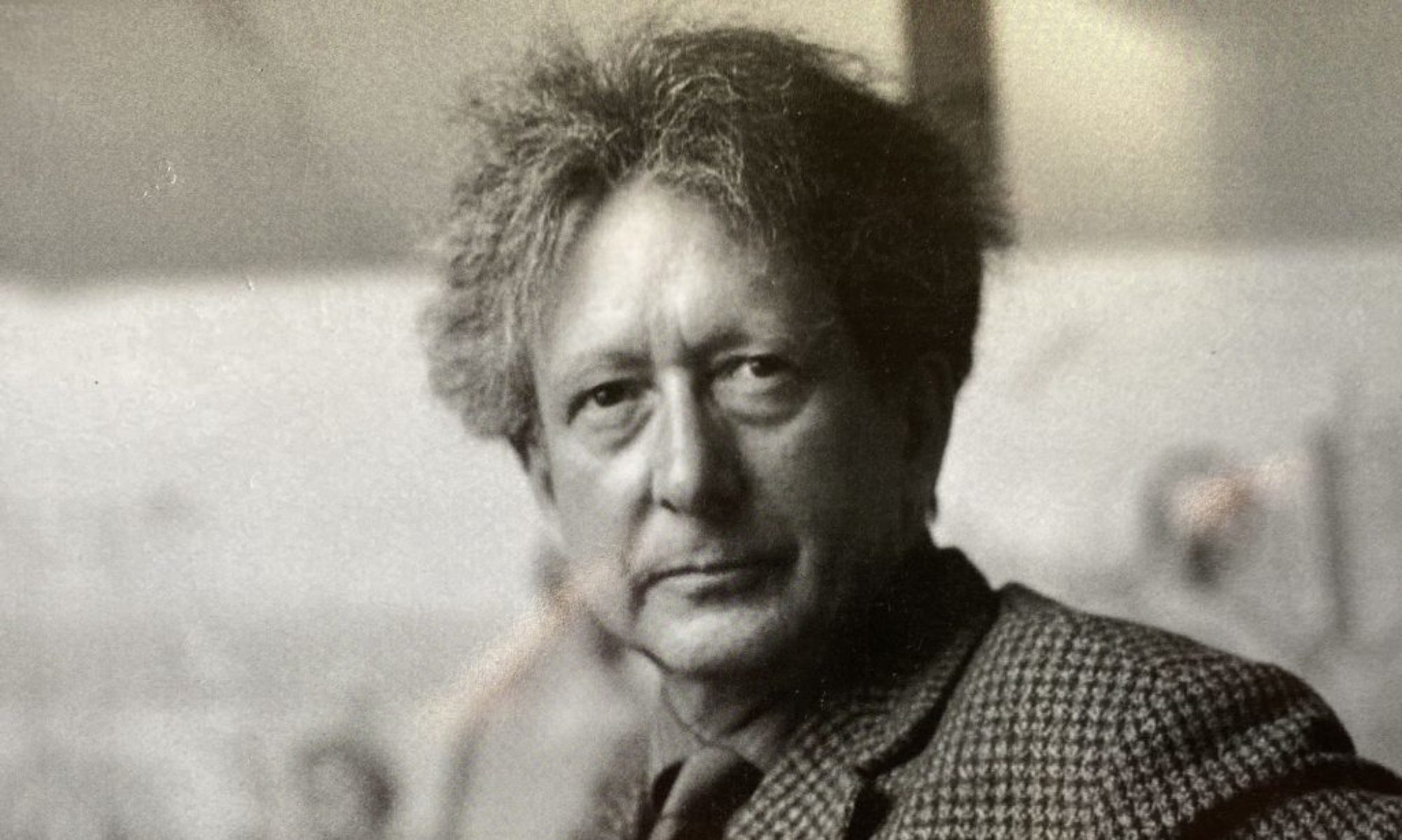Jean Hélion, a singular painter
French painter (born in 1904 – died in 1987), an important figure in modern art, Jean Hélion was distinguished by the audacity of his “backwards” approach which set him apart from his contemporaries.
After studying chemistry and architecture, he began painting in the 1920s influenced by the geometric abstraction of Mondrian. He evolves rather quickly towards compositions where balances of volumes and colours come into play, which earned him many exhibitions in the United States where he settled to work. Very active at the same time on the theoretical level, Hélion creates with his friends Théo van Doesburg and Léon Tutunjian the group Art concret which will become Abstraction-Creation.
In 1939 his painting Figure tombée marks a new stage in his evolution, a singular approach to figuration marked by the simplification of forms and volumes. It was the beginning of an approach that went against the tide of the artists of his time, and which would lead to incomprehension on the part of many of those who had followed him until then. And yet, Hélion never ceased to assert himself in this return to figuration.
In 1947, living in Paris, he will continue this very singular path away from abstraction, which was hailed and admired by the generation of Eduardo Arroyo and Gilles Aillaud.
